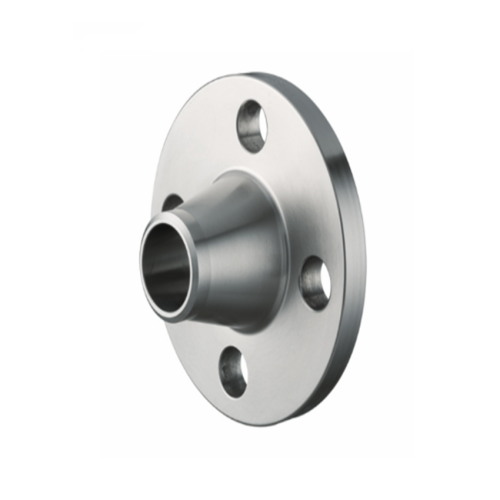Exploring the Benefits and Applications of a 6 Inch Pressure Reducing Valve in Industrial Systems
Understanding the 6-Inch Pressure Reducing Valve A Key Component in Fluid Control Systems
In various industrial applications, maintaining optimal pressure levels is essential for ensuring the efficiency and safety of fluid transport systems. One critical component in achieving this is the pressure reducing valve (PRV). When discussing PRVs, the 6-inch variant stands out due to its capacity and versatility. This article explores the functionality, benefits, and applications of a 6-inch pressure reducing valve.
What is a Pressure Reducing Valve?
A pressure reducing valve is a type of control valve that automatically reduces a higher inlet pressure to a lower, manageable outlet pressure. This regulation of pressure is vital to protect downstream equipment from high-pressure fluctuations that could lead to failures or inefficiencies. The design of a PRV often incorporates a spring mechanism that responds to changes in downstream pressure, adjusting the valve accordingly to maintain a consistent output.
The Significance of the 6-Inch Size
The designation 6-inch refers to the nominal diameter of the valve. This size is particularly significant for applications that handle large volumes of fluid, such as water distribution systems, industrial processes, and HVAC systems. A 6-inch PRV can manage substantial flow rates while ensuring pressure stability, making it an optimal choice for medium- to large-sized systems.
Benefits of Using a 6-Inch Pressure Reducing Valve
1. Enhanced Control The primary benefit of a 6-inch pressure reducing valve is its ability to maintain precise control over pressure levels. This capability helps ensure that downstream equipment operates within safe pressure ranges, preventing damage and prolonging the lifespan of the system.
2. Increased Efficiency By regulating pressure, a PRV can enhance the efficiency of the fluid delivery system. Lowering pressure at the discharge side can reduce the energy required for pumping, leading to lower operational costs.
6 inch pressure reducing valve

3. Reduced Water Hammer In hydraulic systems, sudden changes in pressure can cause water hammer, a phenomenon characterized by shock waves that can damage pipes and fittings. A 6-inch PRV aids in minimizing these pressure surges, thus protecting the integrity of the system.
4. Versatility These valves are suitable for various applications, including municipal water supply, irrigation systems, and manufacturing processes. Their adaptability to different environments and pressures makes them invaluable in countless industries.
5. Maintenance and Reliability Modern 6-inch PRVs are designed for durability and require minimal maintenance. Many models come with features like easily replaceable internals and robust materials that withstand corrosive conditions, ensuring reliability over long periods.
Applications of the 6-Inch Pressure Reducing Valve
The versatility of the 6-inch pressure reducing valve makes it applicable in a wide range of industries. In municipal water systems, these valves help manage pressure throughout the distribution network, ensuring equitable water supply at safe levels. In industrial applications, they are used to control pressure in processes like chemical manufacturing, where precise conditions are paramount for product quality.
Additionally, HVAC systems utilize PRVs to maintain balanced pressure in heating and cooling systems, preventing excessive wear on mechanical components. Agriculture also benefits from these valves, as they regulate water pressure in irrigation systems, promoting efficient water usage.
Conclusion
A 6-inch pressure reducing valve is an essential component for ensuring fluid control and maintaining optimal pressure in various applications. Its ability to manage high flow rates while ensuring efficiency, safety, and cost-effectiveness makes it a critical asset in many industries. As technology and demands evolve, the importance of reliable and precise pressure management will continue to elevate the role of devices like the 6-inch PRV in modern engineering solutions.
-
3-types-of-check-valves-maintenance-tipsNewsAug.23,2025
-
ball-valves-types-with-trunnion-mounted-designNewsAug.23,2025
-
butterfly-valve-company-production-capabilitiesNewsAug.23,2025
-
fisher-globe-valve-technical-specificationsNewsAug.23,2025
-
types-of-gaskets-for-flanges-selection-guideNewsAug.23,2025
-
wedge-gate-valve-suppliers-quality-standardsNewsAug.23,2025
-
Breakthrough in Domestic Low Temperature Valve Technology in ChinaNewsAug.18,2025




